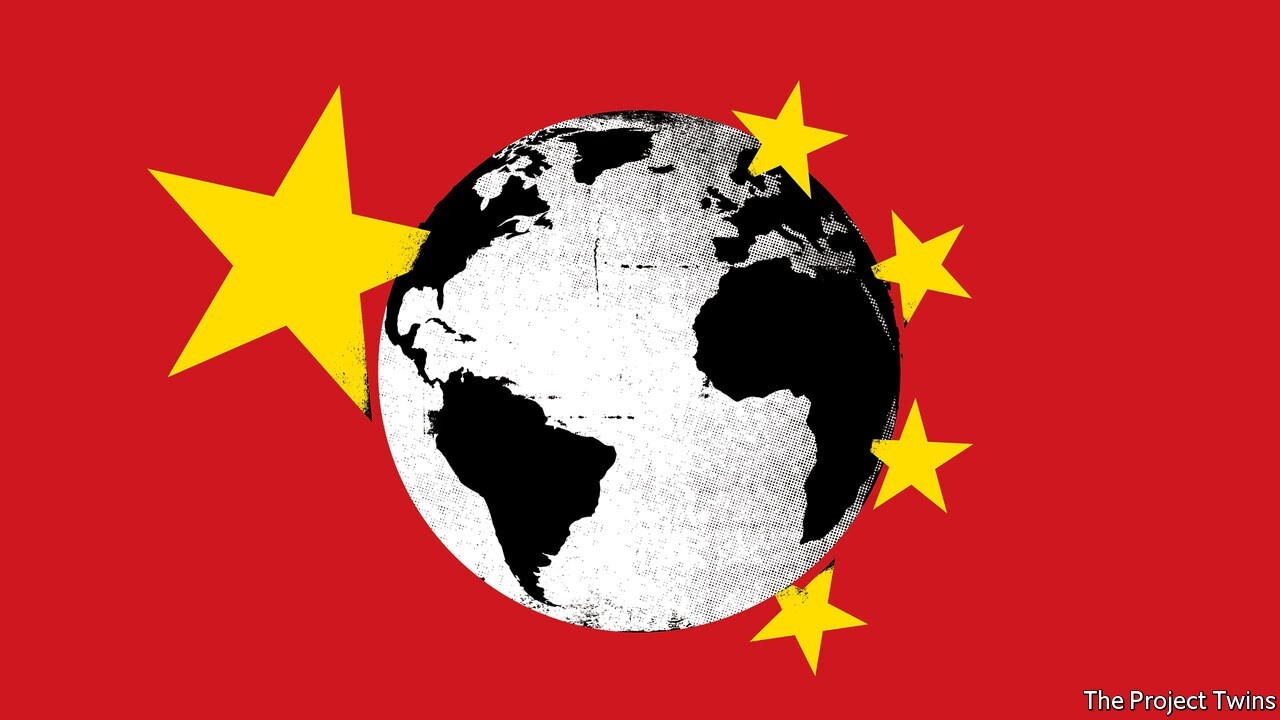

In a recent comment, He Zhigang, Deputy General Manager of Henan Mingtai Al. Industrial Co. said that China’s producers are “numb to tariffs,” citing years of trade restrictions imposed by Western countries. He added that demand for the metal produced in China remains strong due to its competitiveness. “It just needs a bit of time to overcome this round of anti-dumping from the US,” Mr Zhigang said at the industry conference. But, where does such an upper-hand statement stem from? As a matter of fact, the numbers are volatile when it comes to trade (especially exports) for the Asian country.

Image courtesy: The Project Twins (Image for representational purposes only)
According to the data provided by the International Aluminium Institute, the estimated total primary aluminium production for the first two months of 2025 was 7,123 thousand tonnes in China. Whereas, the estimated total for CY 2024 stood at 43,396 thousand tonnes of aluminium.
When compared with the world total output of 11881 thousand tonnes in the first two months of 2025, China occupied close to 60 per cent of the cumulative manufacturing market. Similarly, world production for CY 2024 stood at 72,863 thousand. Here, China grabbed 59.55 per cent market share in year-long primary aluminium output.
On the trade front, China has seen many ups and downs in the past 10 years. Yet, the US tariff was not a dominant factor in all of this. Despite hitting some damaging speed-breakers, China has sustained production. As for trade, the country fights hard to boost its economy.
International Trader Administration states that, from 2015 to 2016, China’s unwrought aluminium exports fell from 565,639 tonnes to 511,719 tonnes (-9.5 per cent). This decline was induced by the start of Beijing’s aggressive ‘supply‑side reforms’, under which numerous small, highly polluting smelters were shuttered as part of its winter-time closures and the broader push to reduce industrial overcapacity and curb emissions. Even though fresh capacity came online elsewhere, these environmental clampdowns outweighed output gains and led to that first big drop in exports.
In 2017 and 2018, exports recovered back to 551,195 tonnes (+7.7 per cent) and then 562,696 tonnes (+2.1 per cent), respectively. Winter‑time production curbs were relaxed, and global demand, particularly from infrastructure projects, picked up, offsetting the early impacts of the US‑China trade war. Section 232 tariffs imposed by the United States in mid‑2018 did raise costs for Chinese aluminium entering the US market. Still, the buoyant orders from emerging markets and restarts in cleaner, larger smelters helped China sustain modest growth through 2019 as well, when exports crept up another 2.6 per cent to 577,708 tonnes.
The onset of the COVID‑19 pandemic in 2020 caused exports to collapse by 61.3 per cent, down to just 223,920 tonnes. Nationwide lockdowns disrupted port operations, logistics chains and labour supplies, while Beijing’s domestic stimulus measures prioritised local infrastructure and downstream processing over raw-material exports. In 2021, these effects were compounded by renewed carbon‑emissions targets under China’s “dual‑carbon” (peak‑CO₂ & carbon‑neutrality) roadmap, which led to further smelter curtailments and sent exports down another 29.5 per cent to 157,764 tonnes.
 Events
Events
 e-Magazines
e-Magazines
 Reports
Reports



Responses






